Applications
 Part of the Oxford Instruments Group
Part of the Oxford Instruments Group
Expand
Collapse

Sabir Ed-Dayab
Service and Software Product Manager at Oxford Instruments NanoScience

Anthony Matthews
Measurement and Applications Technology Manager at Oxford Instruments NanoScience
Following on from our last blog about the design principles behind our TeslatronPT Plus open-architecture low temperature measurement system, we catch up with Oxford Instruments NanoScience’s Sabir Ed-Dayab, Service and Software Product Manager and Anthony Matthews, Measurement and Applications Technology Manager on the measurement workflow and software challenges that TeslatronPT Plus answers for researchers.
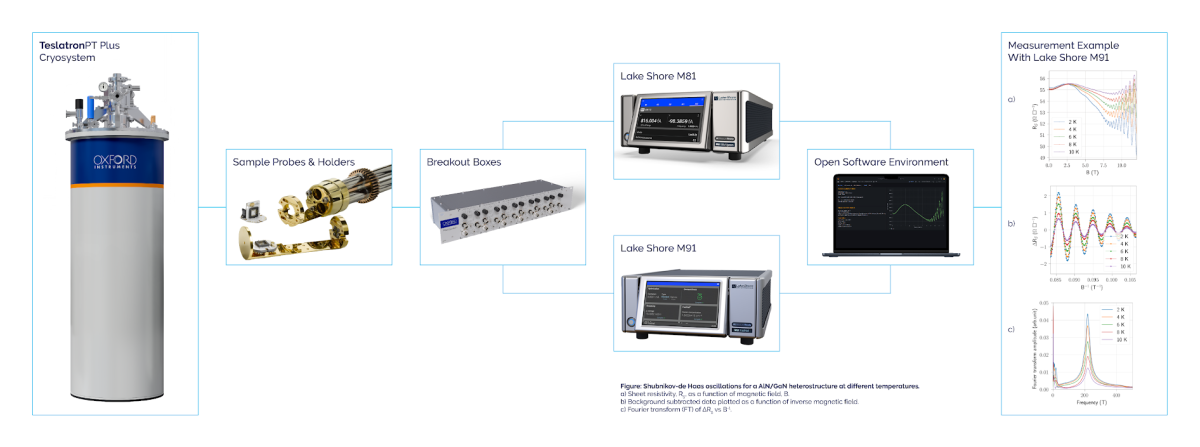
In the world of cryogenic research, time is precious. Every moment spent managing data inconsistencies or troubleshooting integration issues is time taken away from what truly matters: conducting and publishing the novel research that is at the core of every experimental group.
Researchers face a familiar frustration in managing a complex software stack of independent tools. It’s not uncommon to use one system for temperature and magnetic field control, another for scripting, and yet another for data management.
Lack of automation and well defined data structures create time-consuming integration challenges, data inconsistencies, and a risk that valuable research data may even be lost or misplaced.
By running our cross-platform oi.DECS control software and measurement extensions, TeslatronPT Plus responds to these practical laboratory challenges.
oi.DECS is Oxford Instruments NanoScience’s unified cross-platform software. When we started working on a new software platform in 2018, our initial goal was straightforward: to create better software to support our Proteox next-generation dilution refrigerators.
Based on our team’s own academic research background and feedback from our partners, customers, and the research community, we understood that the challenges extended beyond controlling instruments. Users need software that can do cryogenic control better, but that also supports their entire measurement workflow.
That's why we have been integrating oi.DECS as standard across our cryogenic portfolio, certainly on Proteox dilution refrigerators, but also on our recently launched open-architecture, low temperature measurement system - the TeslatronPT Plus. We are providing TeslatronPT Plus customers with an integrated platform that supports every stage of the experiment workflow:
Compared to traditional systems, oi.DECS provides:
Because TeslatronPT Plus is built around an open-architecture approach in both hardware and software together, it really offers unique benefits for low temperature research today:
1. The Architecture: Firstly, oi.DECS is vendor-neutral software built on an open architecture foundation. Unlike traditional systems that lock you into specific hardware vendors, whether that’s the computer type or measurement instruments, oi.DECS eliminates hard-coded dependencies, giving you the freedom to choose the best equipment for your research. Since oi.DECS runs on any browser interface it is completely OS- and browser-independent. Secondly, oi.DECS interfaces with standard QCoDeS drivers, allowing user selection and easy integration of further measurement instruments.
2. Remote Access: Unlike basic remote desktop solutions, the TeslatronPT Plus provides network based, authenticated remote user access complete with session management tools for your cryogenic and magnetic systems. Whether you're working from home, collaborating with international partners, or simply monitoring experiments from your office, you have complete control of your system from anywhere, regardless of your device. oi.DECS advanced session management tools ensure that multiple users can share operation of the system without interference.
3. Flexible Control for Every User: oi.DECS adapts to different user experience levels. Technicians can access simplified controls appropriate to their needs, whilst experienced researchers retain full system configuration and control through API.
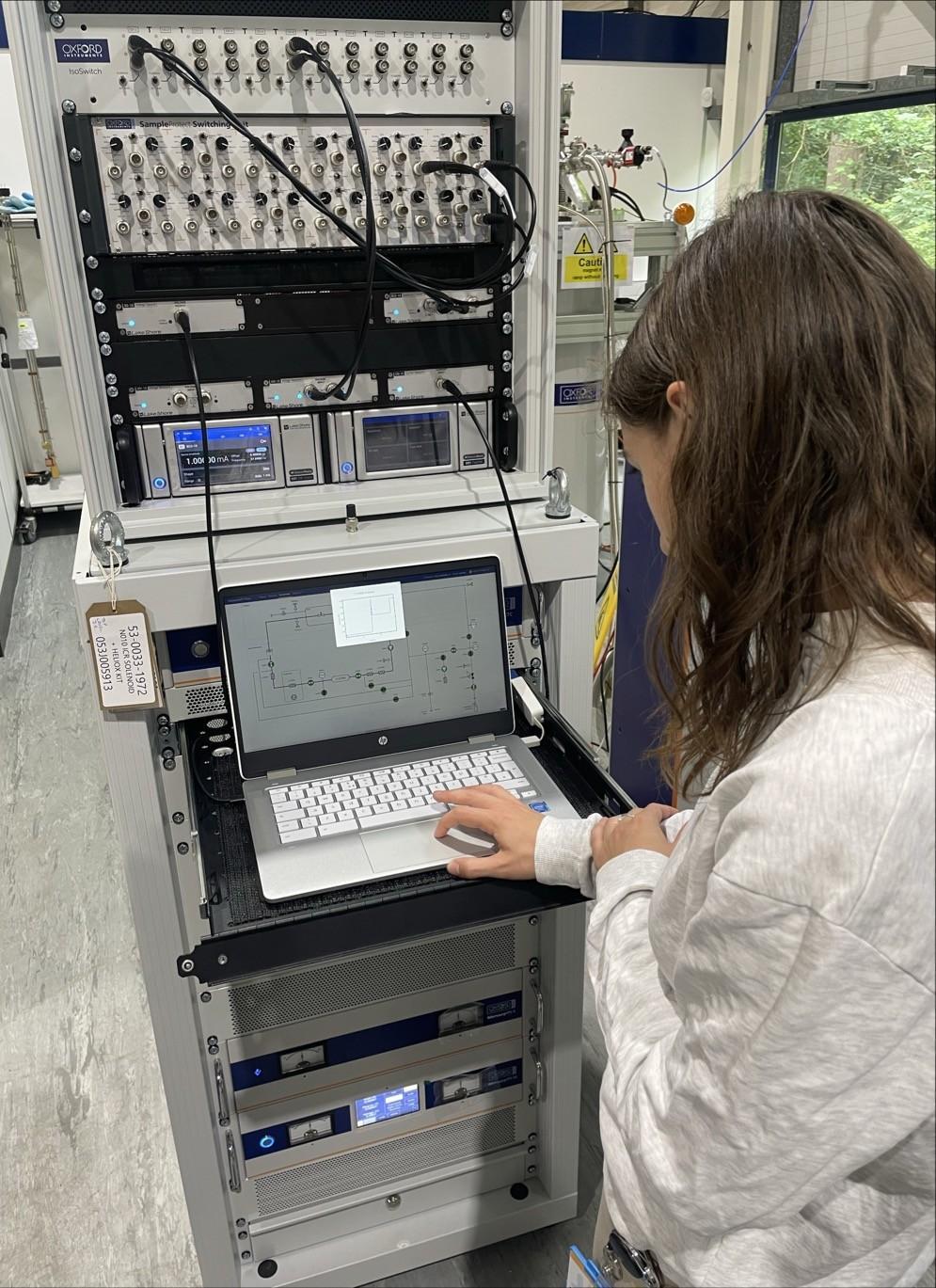
4. Intelligent Automation: Routine workflows, such as cooldowns, warm-ups, and sample changes, can be automated for consistency across experiments. This not only saves time and reduces the barrier to entry for new users, but also ensures reproducible experimental conditions, which are critical for reliable data.
5. Laboratory Continuity: In academic environments, where PhD students and post-doctoral researchers cycle through rotations and research projects evolve, maintaining consistency is challenging. With oi.DECS, this knowledge is preserved within the platform. New team members can build upon existing work rather than reinventing solutions, dramatically accelerating research timelines.
6. Data You Can Trust: Finally and perhaps most importantly, oi.DECS structures and stores your data, along with extensive metadata, in dedicated SQL databases. This not only makes it easier to search and filter data as required but also enables automated data analysis and provides shared access capabilities to collaborators.
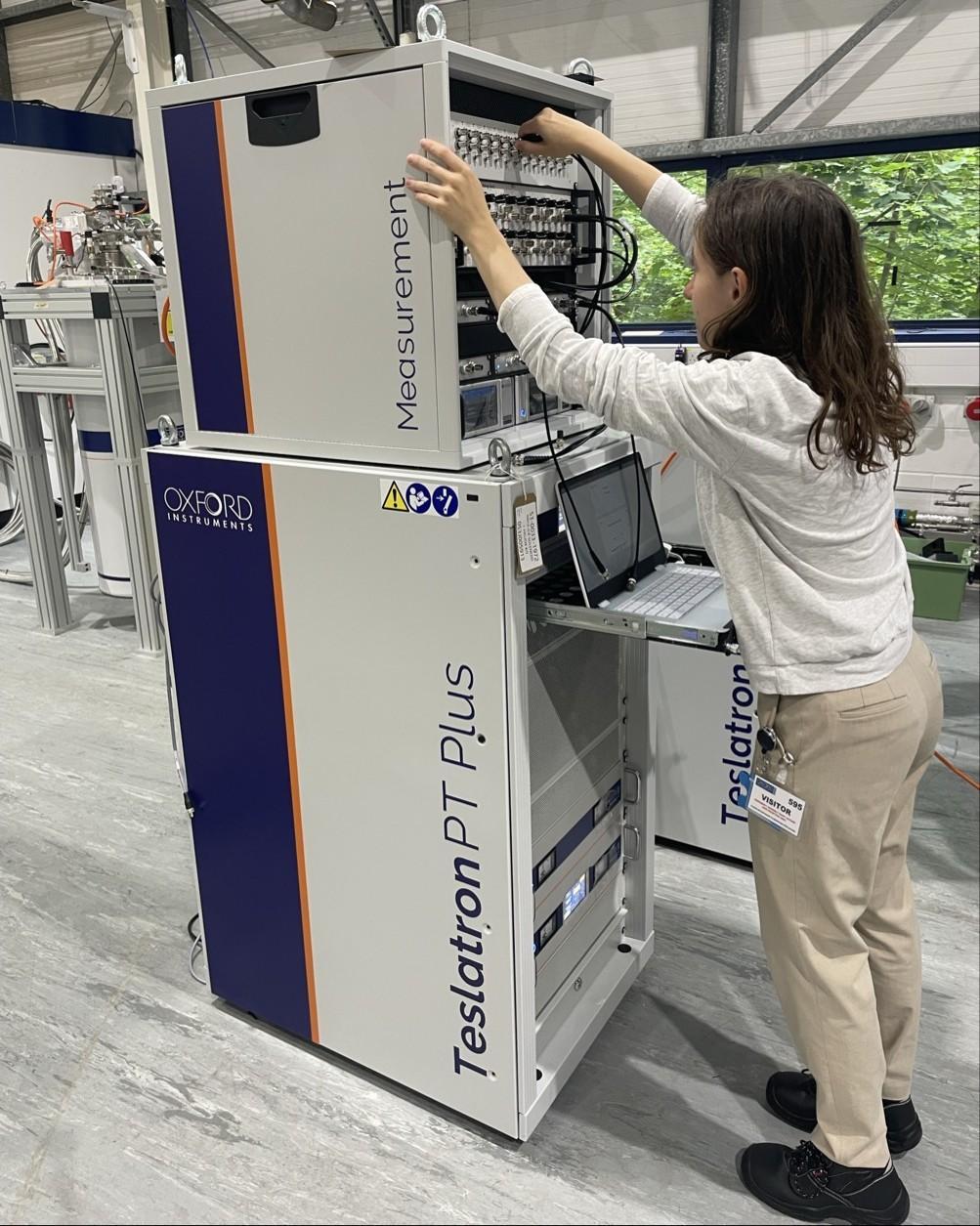
For the fastest start-up of electrical transport measurements, TeslatronPT Plus can be selected with ready-integrated Lake Shore M81 and M91 instruments, again making use of QCoDeS drivers.
Ioana Paulescu, a PhD student from the University of Oxford recently had the opportunity to test the new TeslatronPT Plus and shared, "the open Python-based programs of TeslatronPT Plus will enable scientists to customise their transport measurements — an important advantage, since no instrument can perfectly meet every research need or integrate seamlessly with all lab-specific software environments. Given this setup, a system like the TeslatronPT Plus, especially when paired with Lake Shore modules, can be integrated naturally into existing infrastructures."
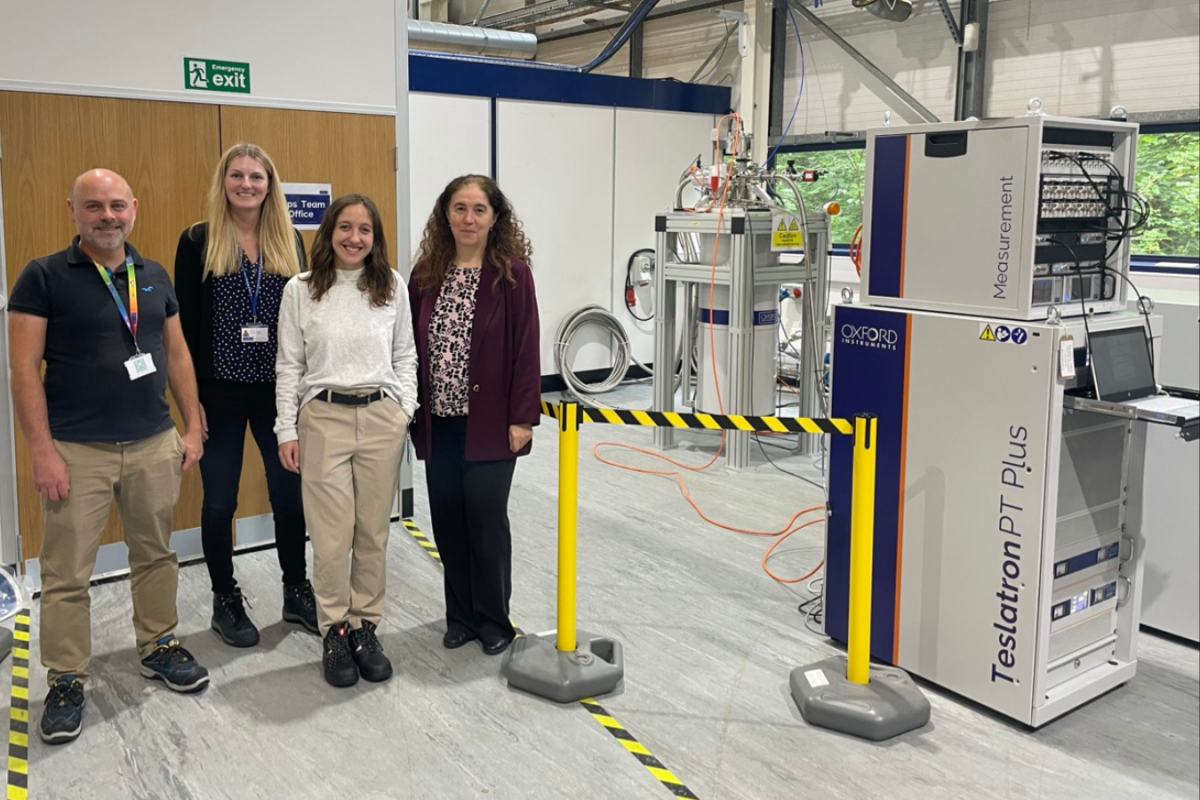
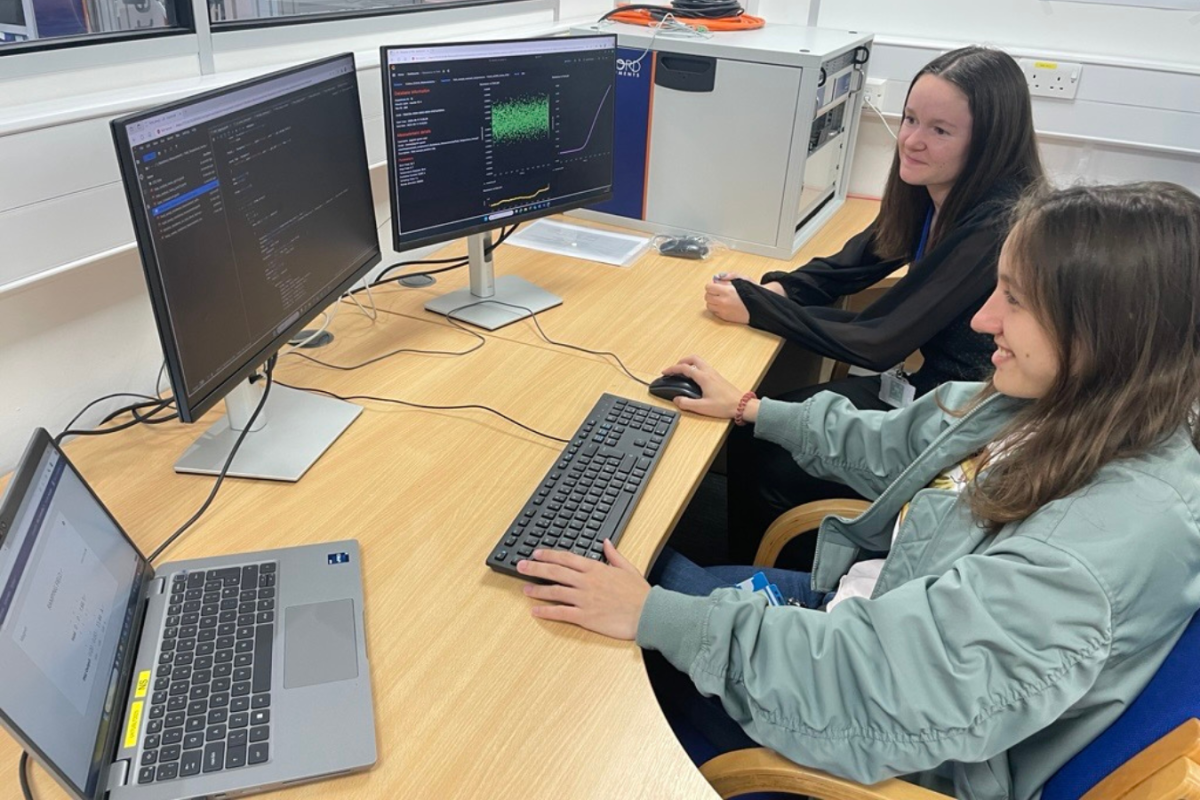
We are reducing time spent on software development and integrations by providing and maintaining a unified platform for researchers to access everything they need to conduct cutting-edge scientific research. We believe you should have total control of your entire system and be able to focus on science, not IT maintenance.
Our selection of tools is another example of how we reduce time spent on software development and integrations and remove software costs for our customers. Why build something from scratch when we can integrate what the scientific community has selected as software of choice? We actively support industry standards with Python programming and QCoDeS integration, offering direct integrations with widely used open-source tools such as Grafana for powerful data visualisation and Jupyter Notebook for flexible scripting, data analysis and presentation.
While we provide all the software tools you need, including Python pre-scripted electrical transport measurements with Lake Shore M81 and M91 instruments, we maintain our commitment to open architecture by allowing the users to integrate 3rd party systems of their choice via QCoDeS, and to fully manage the system and experiment data, including the extensive metadata.
Research is about pushing boundaries, not battling software. oi.DECS, as part of our most advanced TeslatronPT Plus measurement system, removes the technical friction that slows discovery, letting you focus on what you do best - groundbreaking science.
Contact us to learn more about how TeslatronPT Plus can benefit your research